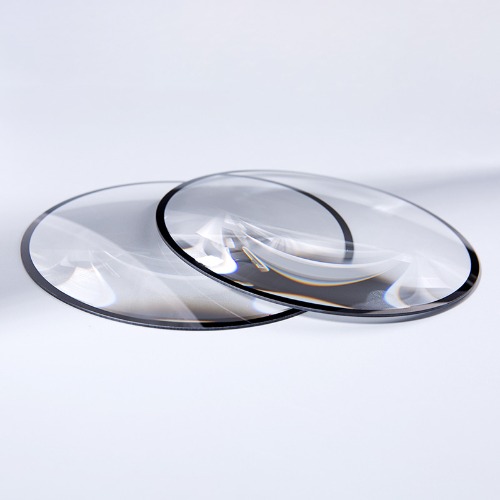Optical spherical mirror is fundamental components in optical instruments such as microscopes and cameras, playing pivotal roles in manipulating light to achieve clear and magnified images. Understanding their utilization in these devices sheds light on their essential functions and contributions to modern optical technology.
Microscopes:
Objective Lens:
In compound microscopes, the objective lens serves as the primary optical element responsible for gathering light from the specimen. Many objective lenses incorporate concave spherical mirrors, strategically positioned to collect and focus light rays emitted or reflected by microscopic objects. This design helps in concentrating the light onto the focal plane, enhancing image brightness and clarity.
Magnification:
Spherical mirrors within the microscope's objective lens contribute significantly to the magnification capabilities. By accurately focusing light rays onto the eyepiece or camera sensor, these mirrors enable scientists and researchers to observe minute details of biological specimens or other microscopic entities. The curvature and focal length of the mirrors are meticulously engineered to ensure optimal magnification and resolution, essential for scientific analysis and observation.

Illumination:
Some microscopes utilize spherical mirrors in their illumination systems to effectively direct light onto the specimen. These mirrors help in efficiently concentrating light from external sources or built-in light sources onto the microscopic sample. By enhancing illumination intensity and uniformity, spherical mirrors contribute to better visualization and imaging of specimens under various magnifications.
Cameras:
Lens Systems:
In cameras, spherical mirrors are integrated into the lens systems to focus incoming light onto the camera sensor or film. Depending on the type of lens and its design objectives, both concave and convex spherical mirrors may be employed:
Concave Mirrors: Often found in telephoto lenses, concave mirrors assist in converging light rays to form a sharp image at the sensor plane. Their precise curvature helps mitigate optical aberrations and ensures high-resolution imaging over long distances.
Convex Mirrors: Widely used in wide-angle lenses, convex mirrors enable cameras to capture expansive scenes with a broad field of view. They are instrumental in achieving panoramic shots or capturing vast landscapes without compromising image quality.
Image Formation:
The fundamental role of spherical mirrors in cameras is to facilitate the formation of clear, well-defined images. By precisely reflecting and focusing light rays onto the sensor or film, these mirrors contribute to sharp and detailed photographs. They help control aberrations such as spherical aberration, ensuring that images captured are faithful representations of the scene or subject.
Specialized Applications:
Beyond standard lenses, spherical mirrors are utilized in specialized camera systems for various purposes. For instance, they may be integrated into optical stabilization mechanisms to counteract camera shake during handheld photography, thereby improving image stability and reducing blur. In periscopic cameras or other unconventional designs, spherical mirrors are employed to achieve specific optical objectives, leveraging their reflective properties to meet unique imaging requirements.
Spherical mirrors are indispensable components in optical instruments like microscopes and cameras, enabling the visualization, magnification, and capture of detailed images. Whether in the precise optics of microscopes for scientific research or the sophisticated lens systems of cameras for photography, these mirrors play critical roles in manipulating light effectively. Their design and placement are meticulously engineered to optimize image quality, making them essential tools in both scientific exploration and creative expression through photography. As optical technology continues to advance, spherical mirrors remain foundational elements driving innovation in imaging and observation capabilities across diverse fields.

 English
English 日本語
日本語 русский
русский Español
Español Deutsch
Deutsch 中文简体
中文简体










 苏公网安备32041102000130号
苏公网安备32041102000130号